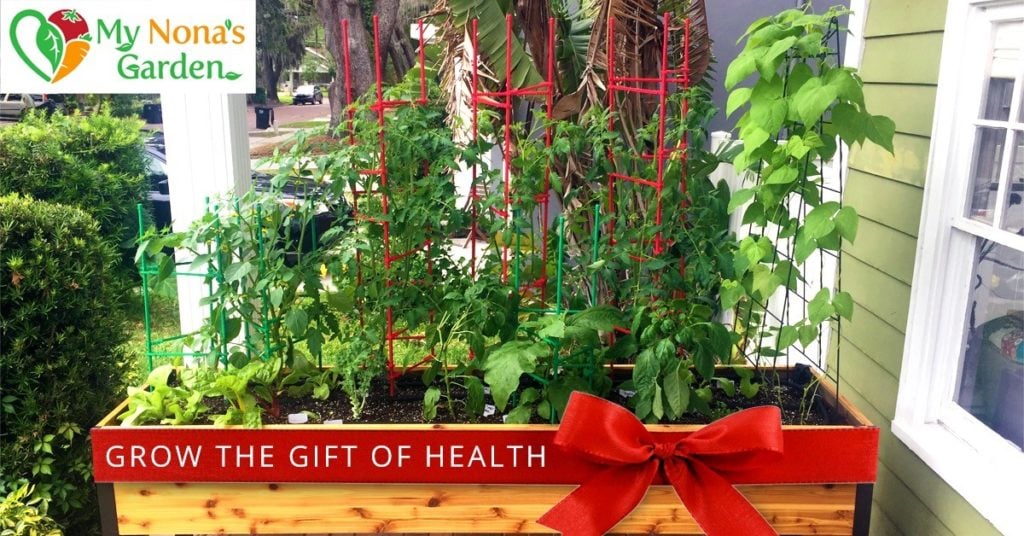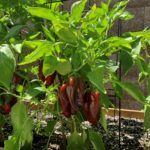
Summer in the Florida garden can still be a productive time of year, depending on your taste and gardening goals. If you like heat-loving varieties of vegetables, you can have a thriving garden all summer long, even in the Central Florida heat. If you don’t like the limited vegetables that can “take the heat,” you can use the summer to address any plant pest, plant disease, or weed issues that may have caused troubles in your garden over the last season. Here are some details on both of these summer options for your vegetable garden.
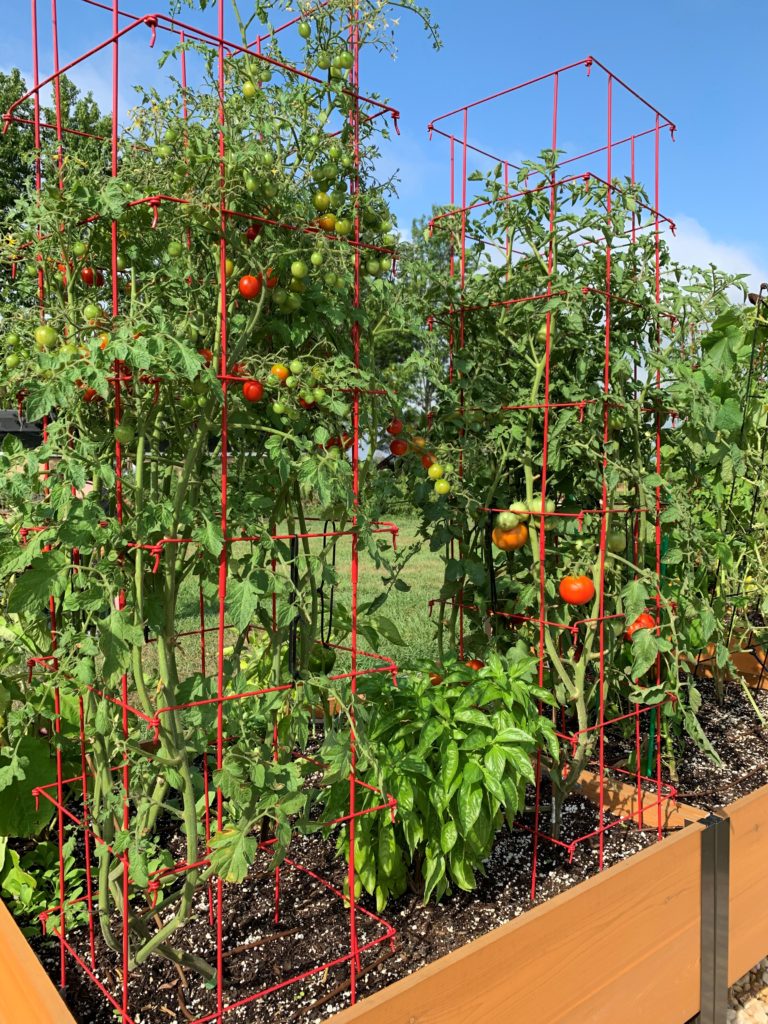
Once daily temperatures reach 85 and 90 degrees consistently and the evening stops dipping down into the 70s, many of our spring vegetable-producing plants like squash, romaine, and cucumbers will just stop producing flowers and thus halt production of veggies for the season. There are, of course, exceptions to this rule, and those are our heat-loving varieties of plants. For example, larger tomatoes, like beefsteak, stop producing first when we get above 85 degrees consecutively. This typically happens by July. The cherry tomatoes will keep producing for a few weeks after that, but they will also slow dramatically or stop altogether around July. The exception is the Florida-native Everglades cherry tomato. The Everglades cherry tomato will continue to produce delicious tiny cherry tomatoes all summer long. The Everglades cherry tomato plant actually gets so big that it will outgrow any tomato cage. Other heat-loving plants include African blue basil, okra, lunchbox peppers, eggplant, scallions, mint, rosemary, winged beans, malabar spinach, and Seminole pumpkins. If you like all of these veggies and herbs, then you can have a thriving garden all summer long.
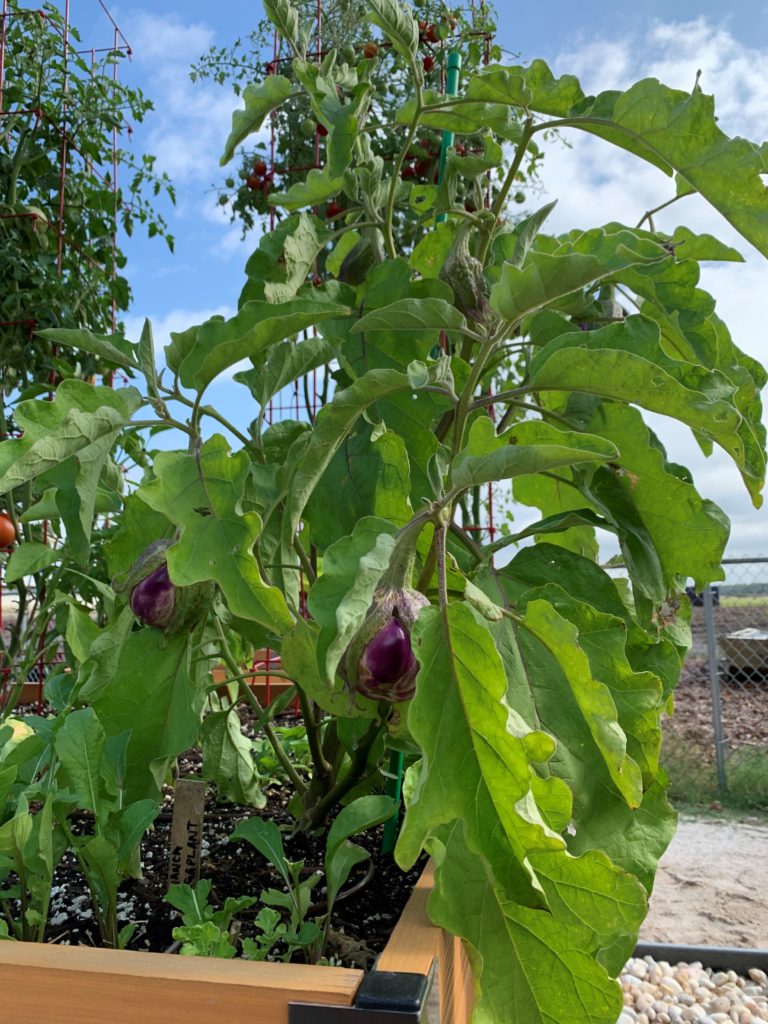
If you don’t like the list of summer vegetables or have had some real trouble in the garden with pests, disease, or weeds, the summer is a great time to address those issues. A process called solarization uses the heat of the summer sun to essentially cook the pests, disease, and weeds out of the garden. The garden is cleared out of plants and debris, moistened with water, and is covered with a clear cover for six to eight weeks to cook. During this time, the garden soil needs to reach a temperature of around 160 degrees in order to be effective. Raising the temperature kills all weeds and weed seeds as well as the bacteria that causes different plant diseases and pests in the vegetable garden. These are issues that can take a lot of time during the season as well as reduce the yield from the garden. If the challenges overwhelm the garden in a season, it may be time to solarize.
However, don’t take solarization lightly. It takes many seasons and sometimes years to build up the healthy structure in the soil. Healthy soil has good bacteria and microbes that give life to the soil and help plants to absorb nutrients and minerals for food. Thus, when a garden is solarized, it also wipes out the good bacteria in the soil. It takes time to build back the structure of the soil to make it a balanced environment again. In order to help the process, in the next season after solarization, amend the garden with nutrient-rich compost and worm castings to help encourage the growth of good bacteria and microbes in the soil.
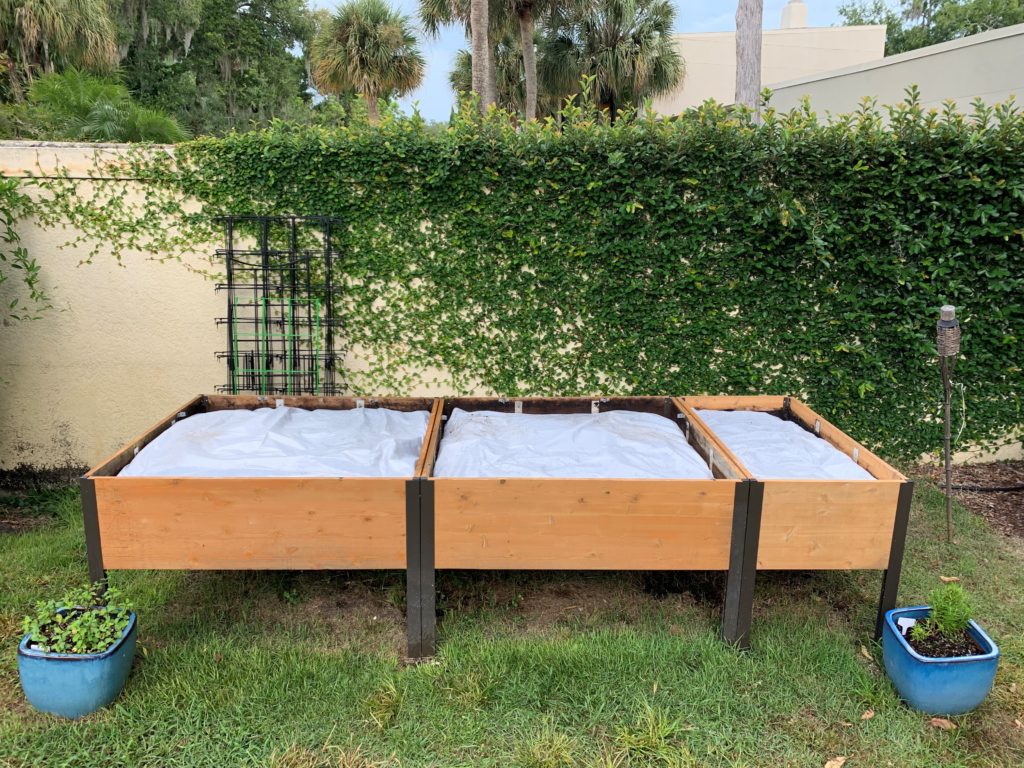
For complete details on how to solarize your garden, you can trust the information from the University of Florida’s IFAS website. Be sure to understand the process and steps necessary to properly complete the solarization before getting started.
